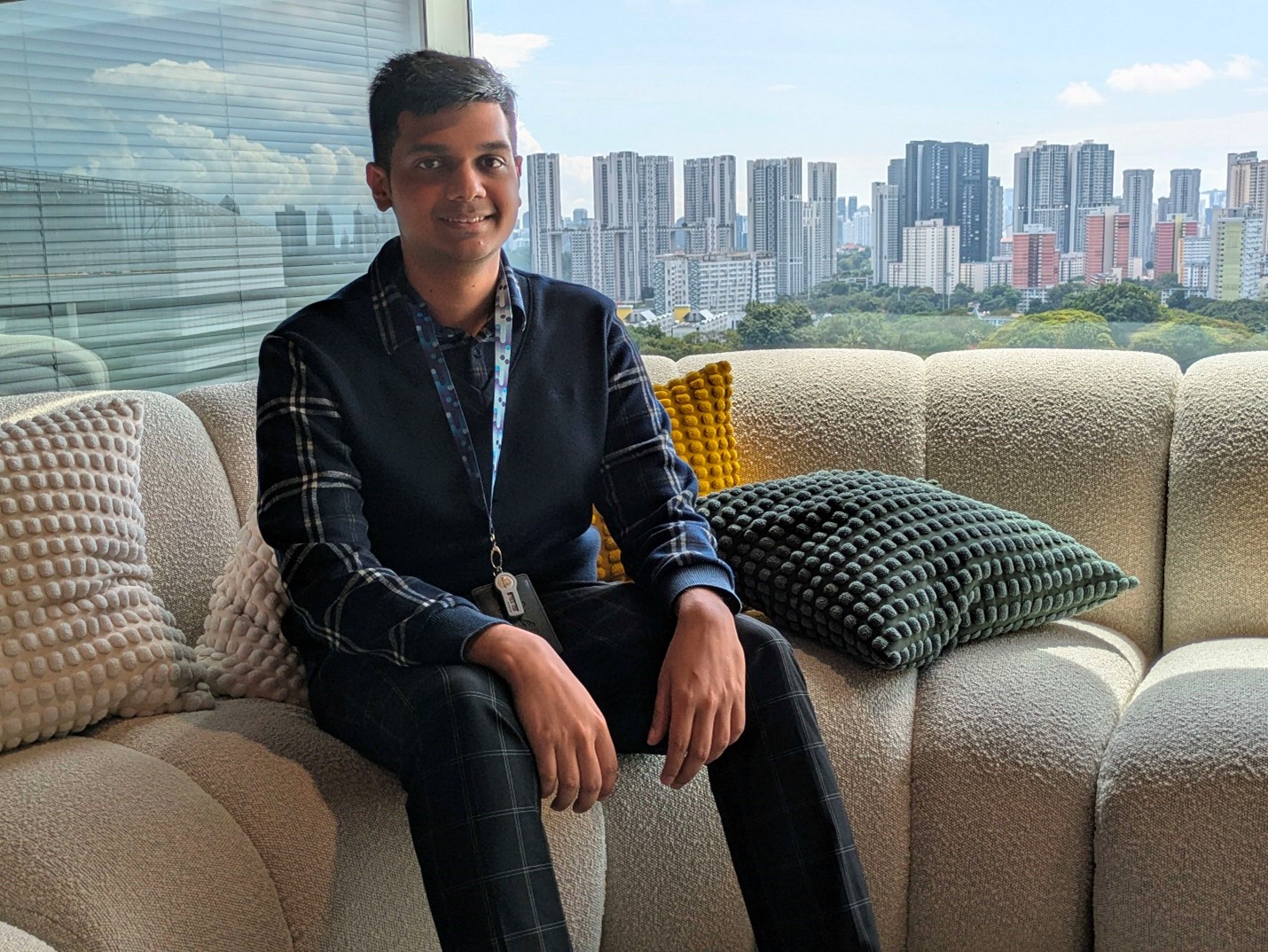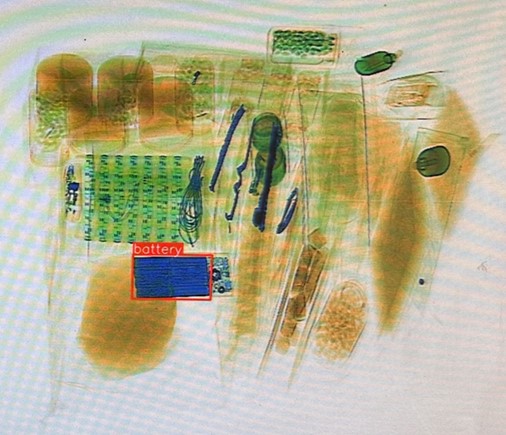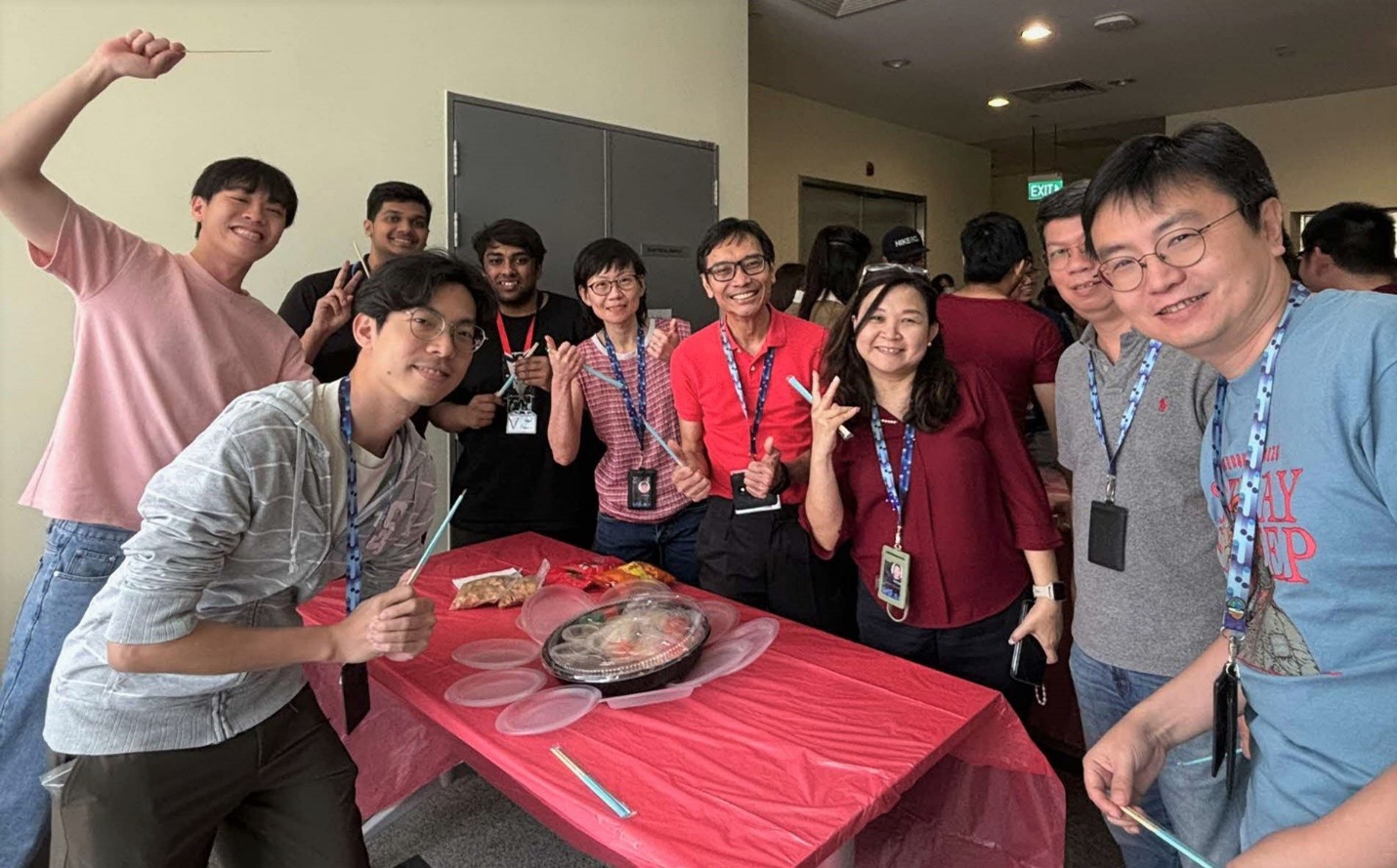 HTX Associate Sarfaraz Ahamed (Photo: HTX)
HTX Associate Sarfaraz Ahamed (Photo: HTX)
HTX associates may be among the youngest in the agency, but this doesn’t mean that they don’t get to work on exciting projects that make a difference to the safety and security of our nation.
Take for example Sarfaraz Ahamed, an associate who is currently working with the Chemical, Biological, Radiological, Nuclear, and Explosives (CBRNE) Centre of Expertise (CoE). Having joined HTX in August 2023, Sarfaraz was most recently involved in a Proof-of-Concept (POC) trial for an artificial intelligence/machine learning (AI/ML) system designed to automatically detect lithium ion (Li-ion) batteries in parcels undergoing X-ray cargo scanning.
Such an innovation is important as Li-ion batteries, which are classified as Miscellaneous Dangerous Goods, can pose a fire risk when packed in shipping parcels.
To learn more about this project and his experience with the HTX Associate Programme, we caught up with him for a chat.
Congratulations on your successful POC trial! How does your AI system make our borders more secure?
Presently, Home Team officers need to manually check X-ray scans to determine if a parcel contains any potential threats. This process is labour-intensive and susceptible to human error due to operator fatigue.
As such, I decided to leverage AI/ML, specifically object detection, to address these limitations. The project involved training an AI model to recognise specific objects in an image by learning the distinctive features that differentiate these objects from others.
This technology uses annotated datasets that contain images where threats are carefully labelled. These labels essentially “teach” the model what characteristics to look for.
By integrating these advanced AI/ML techniques, the object detection model can highlight potential threats in real-time to officers. This not only reduces the cognitive load on the operators but also improves the accuracy and efficiency of the screening process, ensuring better security at border checkpoints.
 Sarfaraz’s AI system detects Li-ion batteries in X-ray scans of shipping parcels. (Photo: HTX)
Sarfaraz’s AI system detects Li-ion batteries in X-ray scans of shipping parcels. (Photo: HTX)
What did you learn from this project?
I got to learn key technical skills for computer vision models, from data handling to cleaning and optimising hyperparameters. I also learned several soft skills, including expectation management. Throughout the project, my collaborators had high expectations, some of which went beyond what our project could accomplish. As such, I learned how to manage their expectations by observing how my colleagues did it. This experience provided me with a valuable skill that will undoubtedly assist me in future collaborations or projects.
What did you do before joining HTX?
I graduated from Nanyang Technological University (NTU) with a bachelor's degree in Material Science and Engineering. I chose this field because I found the subjects and theories fascinating. During my studies, I stumbled upon AI/ML modules, which piqued my curiosity. Consequently, for my final year project and internship, I decided to dive into projects that allowed me to merge my AI/ML and material science knowledge. For my final year project, I got to code the backend of an automatic titration robot for shampoo formulations. That was such a fun and intriguing experience!
What attracted you to HTX’s Associate Programme?
What really pulled me in was my desire to make a positive impact on people's lives. My earlier internships and projects were great because I got to learn new things, but I felt like I was just doing a lot of research without knowing if it would matter to anyone at all. After a year, I realised I wanted something more tangible and meaningful.
During the NTU career fair, I was hopping between booths when I stumbled upon HTX. The officers at the booth were showcasing these amazing projects and explaining how they impacted the lives of Home Team officers and members of public.
At that moment, I thought: “Wow, I want to be a part of that too! I want to be involved in something that hits closer to home!”
What is it like to work in CBRNE CoE?
Exceptionally fun and amazing! My team is very cohesive and jolly, and my colleagues are all committed and passionate about their work. We are building projects that could offer positive improvements to the security of our border checkpoints. It feels incredibly fulfilling to contribute to such impactful work.
I really like the fact that here at CBRNE CoE, we not only work hard but play hard, too. From lively Chinese New Year games to festive Christmas celebrations, our team get-togethers are always filled with joy and excitement.
 Sarfaraz attending a Chinese New Year celebration with his colleagues. (Photo: HTX)
Sarfaraz attending a Chinese New Year celebration with his colleagues. (Photo: HTX)
I understand that you plan to join HTX as a full-time engineer after you complete the Associate Programme. Can you let us know why?
Being part of HTX has been nothing short of fulfilling. HTX has an environment where innovation flourishes and you are free to discuss ideas with anyone. There’s an infectious energy here that drives everyone to improve.
But what truly makes HTX special is the vibrant culture and the incredible people. The officers I have met are approachable and friendly, and they help create an atmosphere that’s both productive and exciting. It’s this combination of meaningful work, constant learning, and fun that makes HTX such a fantastic place to be.
What projects would you like to work on in the future?
I’ll be diving into my greenfield project very soon, though I can’t share much about it! What I can say is that it will involve experimenting with AI to push it to its limits in threat detection. I’m also eagerly looking forward to exciting projects like AI systems that can detect emerging threats like improvised weapons.
We are always seeking inquisitive and innovative individuals to co-create extraordinary solutions with us.
Join us to be at the forefront of the finest tech capabilities in the field! Join Us

